Is there progress in art?
There is a case for saying that there has been progress in such areas as science, medicine and engineering because we know what their aims are, but that there has been no ‘progress’ in art because it has no goal. This is a classic philosophical division that explores the difference between instrumental and expressive human activities.
There are clear goals in science, medicine, and engineering because these fields have relatively clear, measurable aims: understanding natural laws (science), curing disease and improving health (medicine), and creating more effective and efficient technologies (engineering).
Progress here is often cumulative. For example, we can say with confidence that modern antibiotics are more effective than medieval remedies, or that our understanding of physics today is deeper than it was in Newton’s time.
This measurable improvement makes the idea of ‘progress’ reasonably straightforward in these domains. In my PhD thesis, later published as ‘Trial and Error and the Idea of Progress,’ I made the point that ‘progress’ must be progress toward something. Since our aim in science is to increase our ability to predict what we shall observe, theories that enable us to do that are retained at the expense of those that achieve that end less well.
Similarly, in other fields where we have a clear sight of what their goal is, we can call it ‘progress’ if we come closer to achieving it. In most sports we have a clear idea of what the aim is, be it to win more matches, score more runs, row or run more rapidly, or to jump higher than opponents or higher than before
Art is different because it lacks a single goal. Art is primarily expressive rather than instrumental. Its purpose varies: to evoke emotion, provoke thought, critique society, explore beauty, or even just experiment with form and color.
Because art doesn’t aim at solving a specific problem or achieving a universal standard, there's no agreed-upon metric of ‘better’ or ‘worse’ over time. A Picasso isn't a ‘progress’ over a Michelangelo. It is certainly different, but not necessarily better. My preference for Renaissance or Dutch School art over most modern art is not necessarily shared by others. There is no commonly agreed ‘aim,’ and the diversity of styles, goals, and interpretations in art makes cumulative progress difficult to define.
The case rests on the idea that progress depends on having a shared, definable aim that allows for comparison over time, an aim that science, medicine, and engineering have, and art does not.
Madsen Pirie
